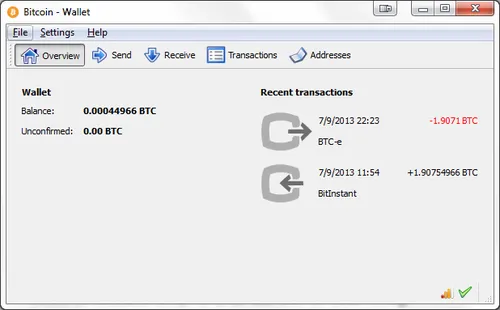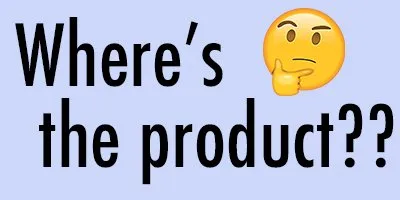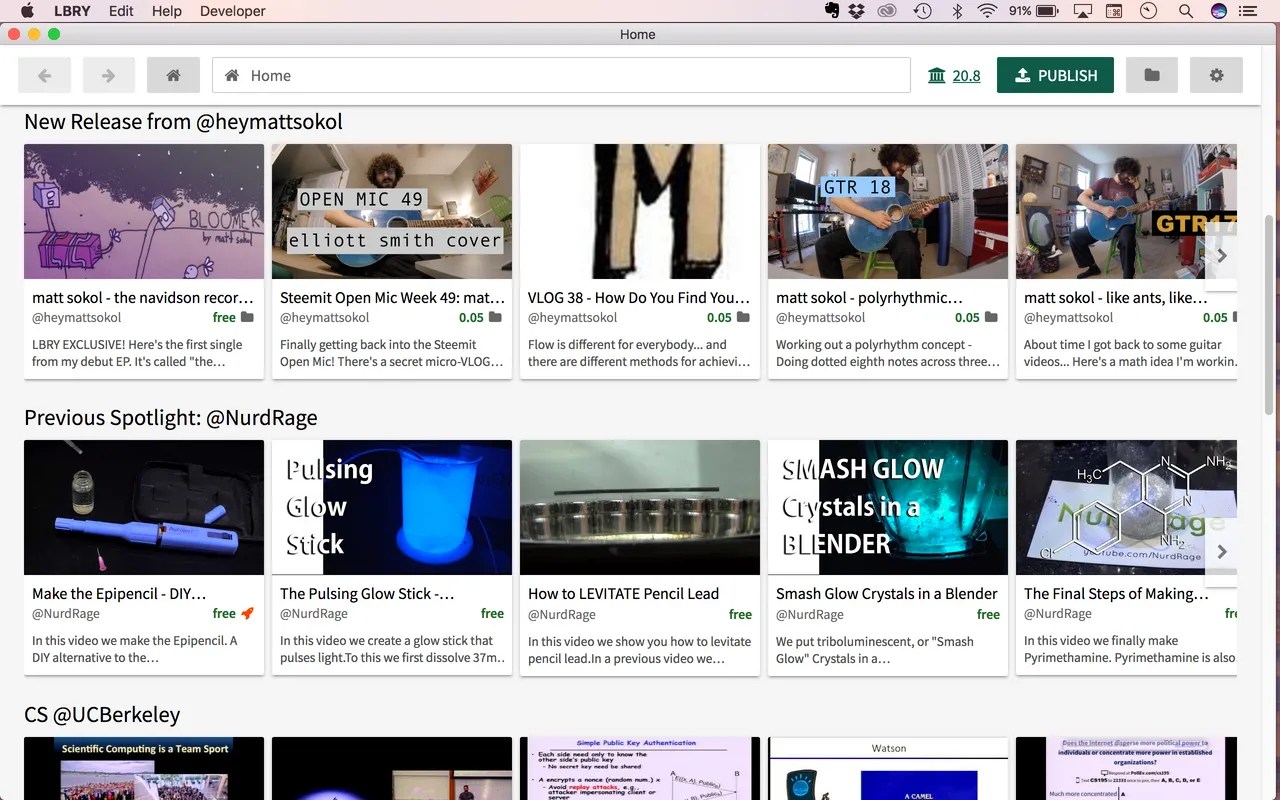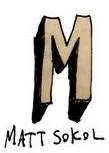Lots of blockchain projects. So many opportunities, FUD everywhere. How to grok it all?
I ask myself one question when I start to evaluate a new blockchain. It cuts through all the bullshit and gets to the heart of the matter.
The Question: Can I Use a Working Product Yet?

The original bitcoin wallet. Rudimentary, yet effective.
This rule is simple and effective.
People will wax poetic to me for hours. They’ll talk about the history of blockchain, the future of decentralization. They invoke the oppressive nature of the nation-state, of large corporations, and beckon me towards the utopian future.
Then I get to their website - and it’s nothing more than an email list sign up.

”Where’s The Product?” I ask. After all, there must be a product right? Somebody just told me their new dapp is going to replace Facebook, bring new wealth to a marginalized grouip of people, and make me coffee every morning.
“Oh, these things take time. Rome wasn’t built in a day. Have patience, and buy into the ICO. It’ll all be worth it.”
I am Triggered By Big Ideas With No Working Product

That’s right - TRIGGERED.
You wanna trigger me, this is how to do it. I am honestly baffled - many people in the crypto space are buying the Brooklyn Bridge. They believe so many ideas with so little evidence.
We all know this is a bubble - at some point, a lot of the current cryptocurrencies will collapse. Of the many hundreds of tokens available today, the majority will be worthless in five years. The challenge is to find the good blockchains that will survive the bubble’s pop.
It is very simple for me. If you have some kind of working product, even if it’s an early beta version, we can talk.
After all: Not all good ideas will actually work. In the words of Vtalik Buterin, "There's always going to be this large set of applications where decentralization actually does not work.”

Here’s the source for that quote - an excellent 30 min talk w/ Vtalik and Naval Ravikant
How a Product Helps You Evaluate a Blockchain
There’s the obvious thing: If you see at least one working project built upon a blockchain (like Steemit for steem), then you immediately know that the concept works. You can see it functioning in the real world.
What if it doesn’t work? Is that the end of the discussion? Not necessarily.

Exhibit A: The LBRY app
A beta product, even an alpha product, tells you a lot. It gives you a gut feeling about the whole project. When I first used the LBRY app, it wasn’t very good. However, I could see how the idea made sense. I loved the team, and loved that they were operating on a single $500k VC investment - no ICO.
Most importantly, I was able to watch the app evolve. In the last 6 months, the LBRY team has made vast, exponential improvements to the technology.
That’s how I was able to exclusively host my first single from my upcoming EP there - and with NO issues. With DTube, on the other hand, I’ve seen the opposite. The service has not improved much, and therefore so far I am not very excited about that product.
Final Thoughts
Of course, I am not the most experienced blockchain expert out there. I’m a guy with about a year of experience who has taken the time to read a lot of the foundational texts - the white papers, the Nick Szabo essays, Vtalik’s essays, and foundational literature relating to cryptography and decentralization.
So far, this is where I have landed. I am pretty strict on this ideology right now. There are too many people jumping into the blockchain space due to hype, and requiring a working product is a good way to clear out the fakers.
What do you think? How you do measure new projects that you discover in the blockchain space?
